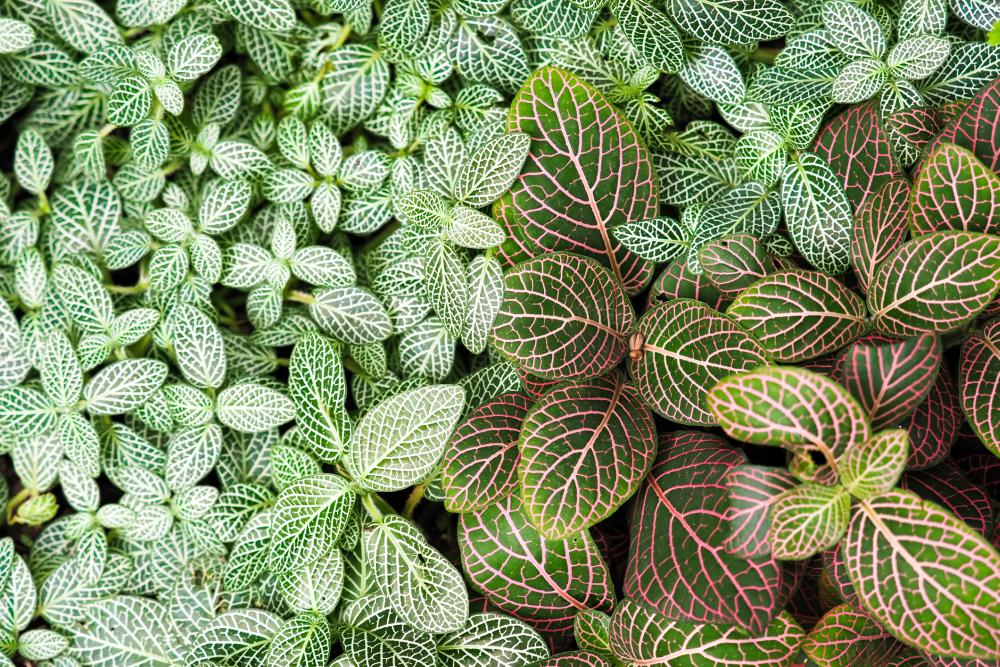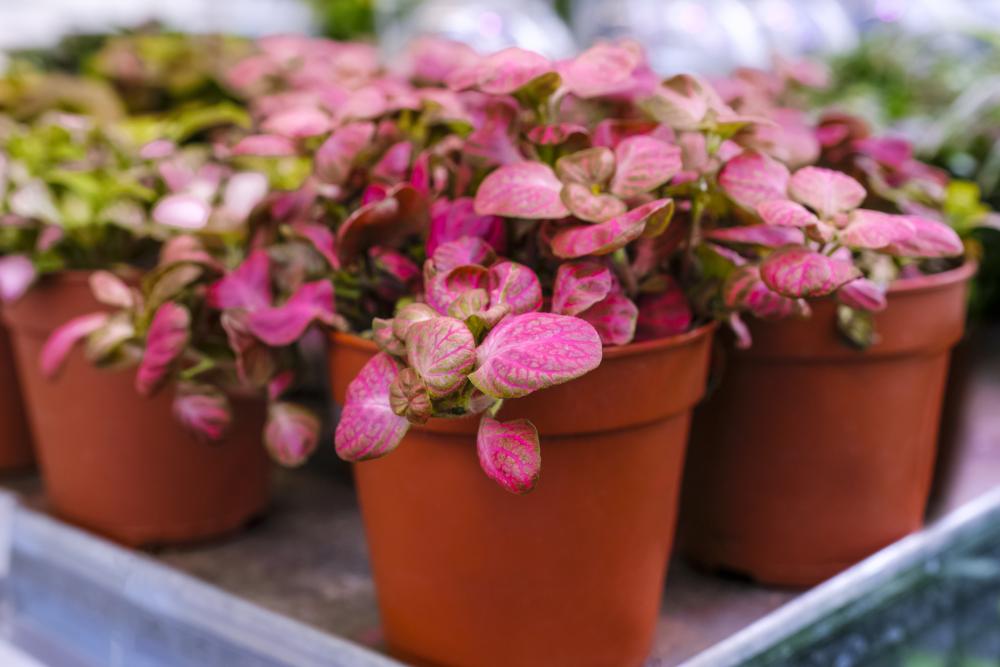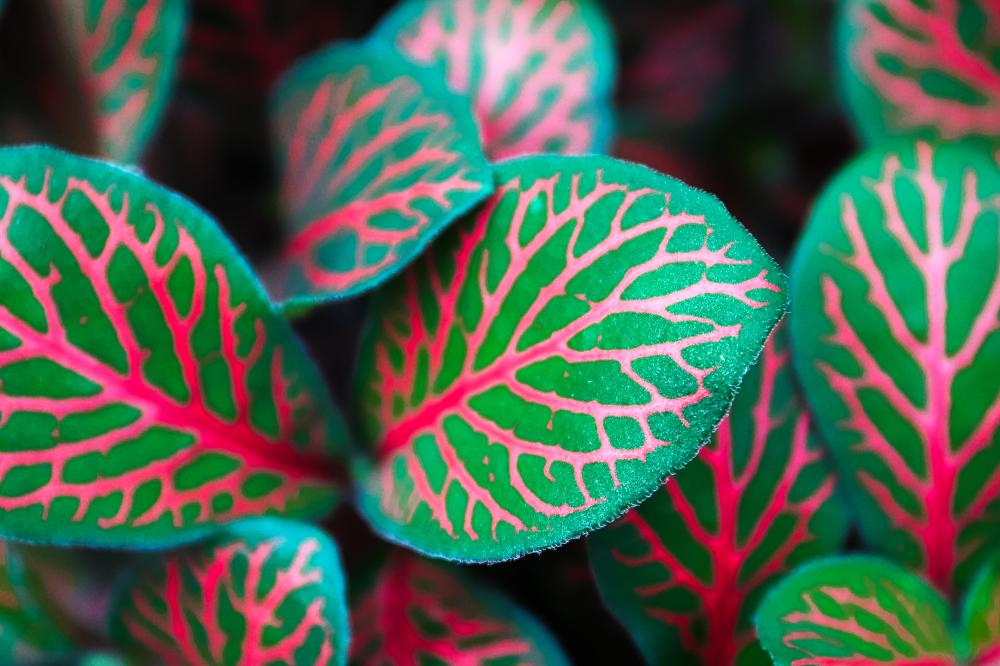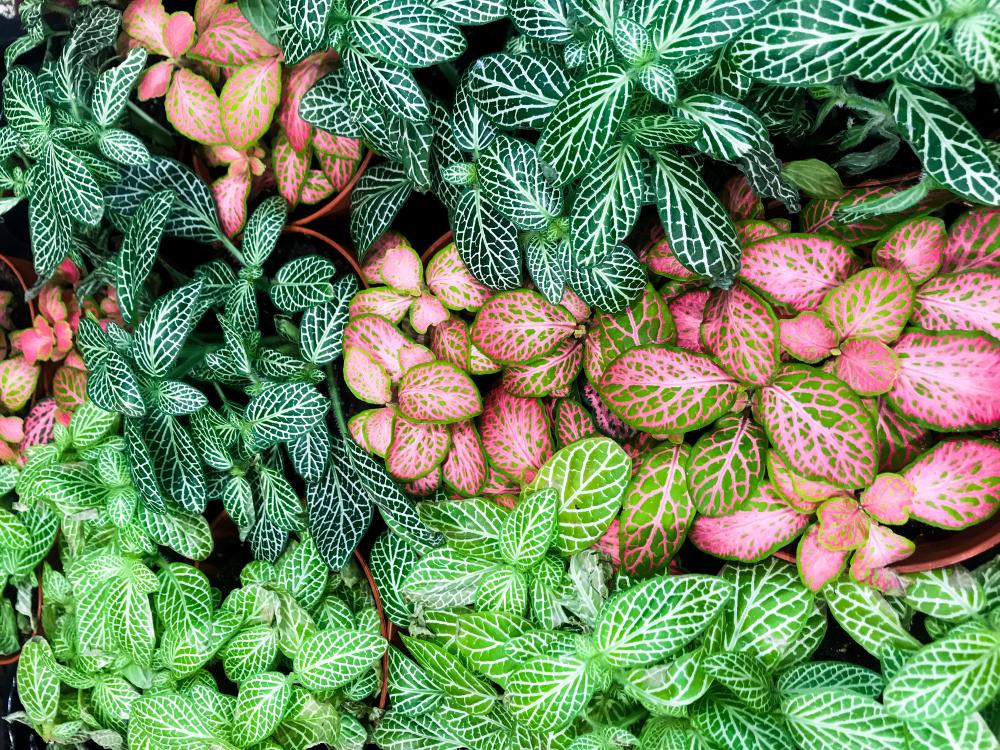Nerve Plant Care: How to Grow Fittonia Plants
Making your potted perennial look delightful no matter the season isn’t a painstaking task. All you need is to pick the right one. Whether you’re a grey-haired hobbyist or stepping into the gardening scene for the first time, growing the Nerve plant would be such a desirable experience. Its botanical name is Fittonia verschaffeltii.
What makes this evergreen houseplant an excellent choice for many is its deep-veined leaves that spread wide to cover any idle space in your dedicated growing space. So, let’s check out the handy tips you could use to grow and care for this tropical houseplant.
More About the Nerve Plant
Also known as Fittonias, these tropical houseplants typically grow profusely in USDA hardiness zone 11. Nerve plants are aesthetically veined and feature evergreen leaves that spread wide enough to fit compactly inside a hanging basket. Most Fittonia types are petite. They only reach anywhere between 4′ to 6′ inches but can trail up to 18′ inches.Usually, the veins will appear silvery-white, but a few variegated types have green, red, and pink veins. Since this perennial is more of a slow grower, it thrives far better when growing indoors. Quite occasionally, the Nerve plant will bloom. The secret sauce for making this houseplant produce is tweaking the growing conditions to match its indigenous place.
During the blooming season, you might spot some reddish or yellowish-white flowers. However, they’re somewhat negligible and don’t last for too long. So, it’s best to cherish their presence while they last. Other commonly attributed names besides Fittonia and Nerve plant include Mosaic plant and Net plant. Its native region is around the tropical rainforests of South America, particularly Peru. Perhaps you’re scared of owning this houseplant because of how overly sensitive it can get when neglected. And some of the recurring reasons why most growers shy off is the tropical beauty demands for constant humidity levels and is prone to any intense heat from the sun. Read on to catch a glimpse of the dos and don’ts.
Types of Fittonia
There are a couple of Fittonia varieties with dramatic patterns on their foliage. They are in different shades but almost have the same preferences when it comes to the growing conditions. Below is a list of some of the popular Fittonia types you’ll find in most gardening stores or nurseries:
Fittonia ‘Black Star’: The ‘Black Star’ has bolder and darker leaves than most other Fittonia types. It features showy green leaves with purple-red veins that make the houseplant possess an affluent appearance. This type looks stunning when growing next to other plants that have bright-colored foliage.
Fittonia ‘Angel Snow’: If you’re looking for a petite type, the ‘Angel Snow’ won’t disappoint. It has white veins and dense-green foliage. You’ll also notice some splotches on the edges of the leaves. But, most of all, what you’ll perhaps adore about this type is its olive-green leaves that spread up to 10 inches wide.
Fittonia ‘Titanic’: Most gardening pundits tend to find this type to be a perfect mood booster. It looks charming when growing in any corner of your house. The Fittonia’ Titanic’ has white veins and some light-green windows on the leaves. Although the name suggests otherwise, this variegated houseplant is compact.
Fittonia ‘Ruby Red’: You might fall for the ‘Ruby Red’ if you fancy growing miniature houseplants with lots of color on them. At first glance, you’ll realize that this type is red-veined, and its texture feels a bit tender. And while this is a miniature type, the evergreen perennial is also perfect for ground cover and adapts to the outdoor environments reasonably well. All you need is to take care of its humidity and light needs.
Fittonia Caring Tips
Light & Temperature
So, how much light does the Nerve plant need? Perhaps you’re unsure about the exact light conditions to work with. Fittonias are native to rainforest climates. They’re creeping plants that grow to cover the ground in their indigenous habitat. And that suggests it’s not entirely acclimated to direct sunlight. The preference is more like a culture to nearly all tropical plants.
It’s, therefore, best to place the growing medium in a spot with bright but filtered light. Your potted Nerve plant will do well under such an environment, but gravely limiting access to sunlight will cause your Fittonia to experience leggy growth. The stems will stretch in search of light. As a result, they’ll ultimately become weak, and the foliage color will lose its vibrancy.
You want to adjust the position where it grows since this type is overly sensitive to intense sunlight. If the growing medium sits near a window that receives lots of direct light from the sun during afternoon hours, the heat could burn the leaves. It’s best to look out for any early signs of wilting. Hence, you want to adjust the position to control the sun exposure. I like growing my tropical houseplants near a north-facing window. The direction is perfect for letting in bright, indirect light.
Temperature
While Fittonias are tropical plants, they need a consistent temperature range. Although most tropical plants are discerned to enjoy warmer climates, your Fittonia won’t tolerate an environment with intense heat. In its indigenous place, the Nerve plant grows in shady locations where the rain forest filters heat from the sun. Therefore, if you’re growing this plant indoors, you’ll need to grow it in a spot where the typical temperatures range between 60 to 80 degrees Fahrenheit.
Using a heater to adjust the indoor temperature would be a recipe for disaster. The leaves will dry up. At the same time, it’s worth noting that the nerve plant isn’t frost-hardy. Low temperatures will lead to wilting. During winter, move the growing medium indoors to protect your Fittonia from cold drafts that cause the leaves to lose their turgidity.
Humidity
As is the case with a wide array of other commonly grown tropical houseplants, the Nerve plant prefers to grow in an environment with high humidity. Fittonias also like to grow in soil that retains some bit of moisture. On average, the typical humidity range to work with should fall anywhere between 60 and 70 percent. Low humidity levels will cause the leaves to dry up. Bearing the capacity to grow as terrarium plants, it’s apparent that Fittonias have a potent affinity for high humidity. So, if you have a couple of bucks to spare, investing in ahumidifierwould be a sold idea. Humidifiers tend to be useful, especially during the dry months of winter or in hot and arid environments.
You can also opt to grow your Nerve plant near a bathroom or kitchen sink where humidity levels are constantly high. Some avid gardeners often prefer placing the growing pot on a tray filled with water and pebbles. If you’re Fittonia is growing in a terrarium setup, gently mist it regularly using a spray bottle. In a nutshell, you need to mimic the humid conditions of rainforests where this tropical plant is native to.
Watering & Feeding
To keep up with this plant’s watering needs, you would need to learn the patterns. If it stays without suitable moisture levels for too long, the Nerve plant begins to lose its vigor. Apart from working with a potting mixture that retains some moisture for the longest time, you need to water the plant regularly. Make sure the soil is evenly moist to keep your Fittonia from collapsing. On the other hand, be careful not to expose your houseplant to the dreaded effects of overwatering. Poor drainage causes the soil to remain soggy much longer than usual. If the leaves are beginning to turn yellow, then chances are you’re overwatering your Fittonia.
Fittonias don’t need any intense fertilizing. However, you might want to restore its vibrant foliage color. The best time to fertilize this houseplant is during the late weeks of spring or early summer. Your Fittonia will need a weekly dose of liquid fertilizer that’s tweaked for tropical plants. It’s best to work with soluble fertilizer in the ratio of 5-5-5 and make sure to dilute it at half its strength. You also want to check out the instructions on the fertilizer’s label before feeding your houseplant. Cold weather reduces the plant’s enzyme activity quite drastically. And since the growth hormones end up going into dormancy, there’s no need for feeding your Nerve plant during winter.
Soil & Transplanting
Since Fittonias are moisture-loving plants, you’ll need to grow them in a soil structure that retains a considerable level. To elevate the moisture retention level, you can use a regular potting mix with some bit of garden soil and then make some amendments to it. For example, use organic matter, sphagnum moss, or peat to amend the potting mix. Perlite also helps with aeration quite dramatically. Finally, use a container with enough drainage holes to let out any excess moisture.
Once the old soil seems to have depleted all the essential nutrients, repotting and replacing it would be necessary. The roots of Fittonias usually spread wide, so transplanting is ideal at least once every year. However, if the roots are starting to squeeze their way out through the drainage holes, it’s the physical reaction suggests that your Fittonia needs a larger container.
How to Propagate the Nerve Plant
Reproducing this prepossessing tropical is easy via stem cuttings. All you need to do is identify a mother plant that seems to have healthy foliage. Stem cuttings usually form root roughly within two weeks. To achieve higher success when propagating, avoid sourcing cuttings from a mother plant that looks sick. Wait till late spring or early summer to begin propagating your Nerve plant. Apart from stems, you can choose to use leaf-tip cuttings.
When dissecting the cuttings, make sure to use a sharp and sterilized pair of scissors. For optimal results, take stem cuttings with at least two leaf nodes.Get rid of any leaves from the nodes close to the base part of the cutting. Next, you’ll need to prepare a peat-based potting mix for planting the cuttings. Roots will begin to emerge within two or three weeks. If the growing conditions are subprime, you might consider using a rooting hormone to boost the chances of success during the early sprouting stage.
Nerve Plant Problems
While Fittonias aren’t prone to significant threats, you still want to watch out for common pests like mealybugs, fungus gnats, aphids, and spider mites. You can treat infestations using insecticidal soaps or with neem oil to prevent the bugs from spreading further to other houseplants in your collection. Also, if the leaves begin to turn yellow, chances are you’re overwatering your Nerve plant.
Overwatering leads to root rot; hence you could lose the whole plant. Keep the roots from getting stuck in soggy soil for too long and use a growing medium with enough drainage holes. Extreme cold weather will also cause the leaves to drop, so you’ll need to mimic the tropical conditions of where this houseplant is native to. When your Fittonias aren’t getting enough humidity or exposed to intense heat, the leaves will start to wither and dry up.



